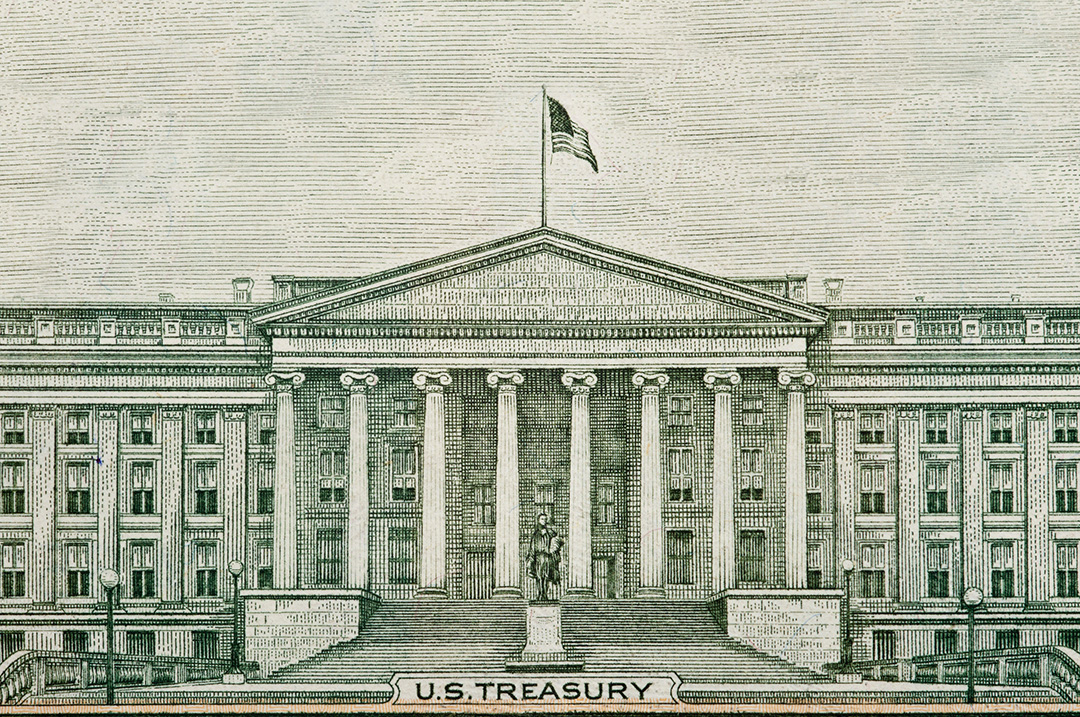The Impact of Trump’s Executive Order 13772
Executive Order 13772, titled “Core Principles for Regulating the United States Financial System,” signed by U.S. President Donald Trump on February 3, 2017, marked a significant shift in the regulatory approach towards the financial sector and creation of Treasury Money. This order, the eighth executive action in Trump’s first 100 days, set out fundamental principles intended to guide the regulation of the American financial system.
The Principles of Executive Order 13772
At its core, Executive Order 13772 was designed to align financial regulation with specific key principles. These principles included promoting American competitiveness both at home and abroad, preventing taxpayer-funded bailouts, and fostering economic growth through rigorous yet fair regulation. Another core principle was enabling American companies to be competitive with foreign firms in domestic and foreign markets.
Impact on Financial Regulation
The executive order was seen as a move to scale back some of the regulations implemented after the 2008 financial crisis, most notably those established by the Dodd-Frank Wall Street Reform and Consumer Protection Act. Critics of Dodd-Frank argued that its stringent rules were stifling economic growth and burdening smaller banks with excessive compliance costs. Supporters of Executive Order 13772 believed that revisiting and potentially rolling back these regulations could lead to more robust economic growth and a more efficient financial system.
Return of Money Creation to the Treasury Department
One notable aspect often associated with discussions around Executive Order 13772 is the idea of returning the power of money creation to the U.S. Treasury Department. This concept, although not directly outlined in the executive order, aligns with broader discussions on financial sovereignty and the role of central banks in money creation. Historically, the Federal Reserve has played a significant role in money supply and monetary policy in the United States. The idea of shifting this power back to the Treasury is rooted in a perspective that seeks more direct governmental control over monetary policy.
Impact of Executive Order 13772
Executive Order 13772 represented a critical moment in the Trump administration’s approach to financial regulation. By laying out principles that emphasize competitiveness, growth, and efficiency, it signaled a shift towards a more relaxed regulatory environment. The discussion around the return of money creation to the Treasury Department, although not a direct result of this order, reflects ongoing debates about the structure and control of financial systems in the U.S. As with any significant policy shift, the long-term impacts of this executive order on the U.S. financial system and economy remain a subject of debate among economists, policymakers, and industry stakeholders.

President Trump’s Vision for Wealth-Based, Debt-Free Money
A significant aspect of the financial discourse during President Trump’s tenure was his vision to create a wealth-based, debt-free, non-interest bearing monetary system, issued directly by the U.S. Treasury. This idea, although not explicitly detailed in Executive Order 13772, resonates with the order’s overarching theme of transforming the U.S. financial system.
The Concept of Treasury-Issued Money
The concept of Treasury-issued money involves the government, through the Treasury, creating and circulating currency without the need for borrowing or accruing interest. This approach differs markedly from the current system where the Federal Reserve, an independent entity, controls monetary policy and money supply, often through mechanisms that involve debt and interest.
Potential Impacts and Challenges
The idea of a Treasury-driven monetary system aligns with a broader goal of reducing national debt and the influence of federal banking systems. Advocates argue that such a system would allow for greater control over inflation, reduce government debt, and potentially lead to a more stable and equitable economic environment. However, this approach raises several challenges and concerns, particularly regarding inflation control, the balance of economic power, and the potential for political influence over monetary policy.
Implementation Considerations
Implementing a wealth-based, debt-free monetary system would require significant restructuring of the current financial framework. It would involve legislative changes, a reevaluation of the role of the Federal Reserve, and a redefinition of the mechanisms through which currency is introduced and managed in the economy.
Treasury Money Conclusion
President Trump’s vision of a wealth-based, debt-free, non-interest bearing monetary system issued by the U.S. Treasury represents a radical shift from traditional monetary policy. While it complements the principles of Executive Order 13772 in seeking to overhaul and streamline financial regulations, the practical implications and feasibility of such a system remain a topic of robust debate and speculation among economists, policymakers, and financial experts.

Leave a Reply